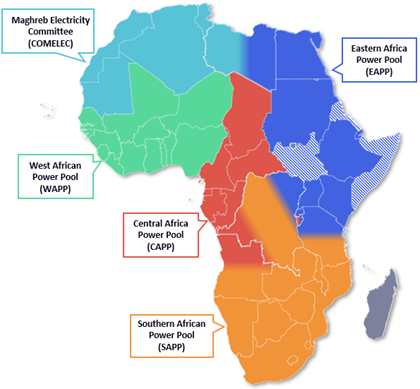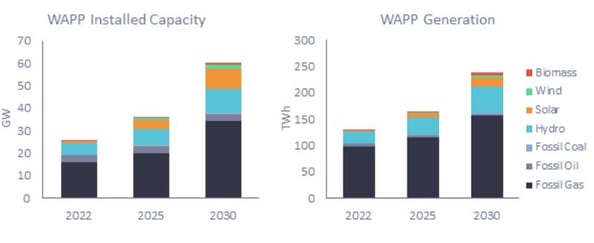Energy Council of South Africa to Accelerate Energy Transition by Tackling Skills Gap with Energy Exemplar
Energy Exemplar to support South Africa's Energy Transition through providing the Energy Council of South Africa with access to advanced modelling...
-1.png?width=854&height=504&name=Energy%20Exemplar%20Logo%20Black%20(2)-1.png)
 Bastien Richelle
Bastien Richelle

 All Energy Exemplar datasets are developed using publicly available sources, and produced using our tried-and-tested methodologies for power market dataset development and calibration. Internal consistency and transparency are important to us, which is why we thoroughly document all our sources and assumptions. Our African datasets aim to include as many existing, committed and potential power plants as possible, along with their technical and operational characteristics and geolocations. Existing and committed interconnections are also included. Energy Exemplar carries out extensive research to update the datasets so that they best represent the current state of the power system.
All Energy Exemplar datasets are developed using publicly available sources, and produced using our tried-and-tested methodologies for power market dataset development and calibration. Internal consistency and transparency are important to us, which is why we thoroughly document all our sources and assumptions. Our African datasets aim to include as many existing, committed and potential power plants as possible, along with their technical and operational characteristics and geolocations. Existing and committed interconnections are also included. Energy Exemplar carries out extensive research to update the datasets so that they best represent the current state of the power system.



